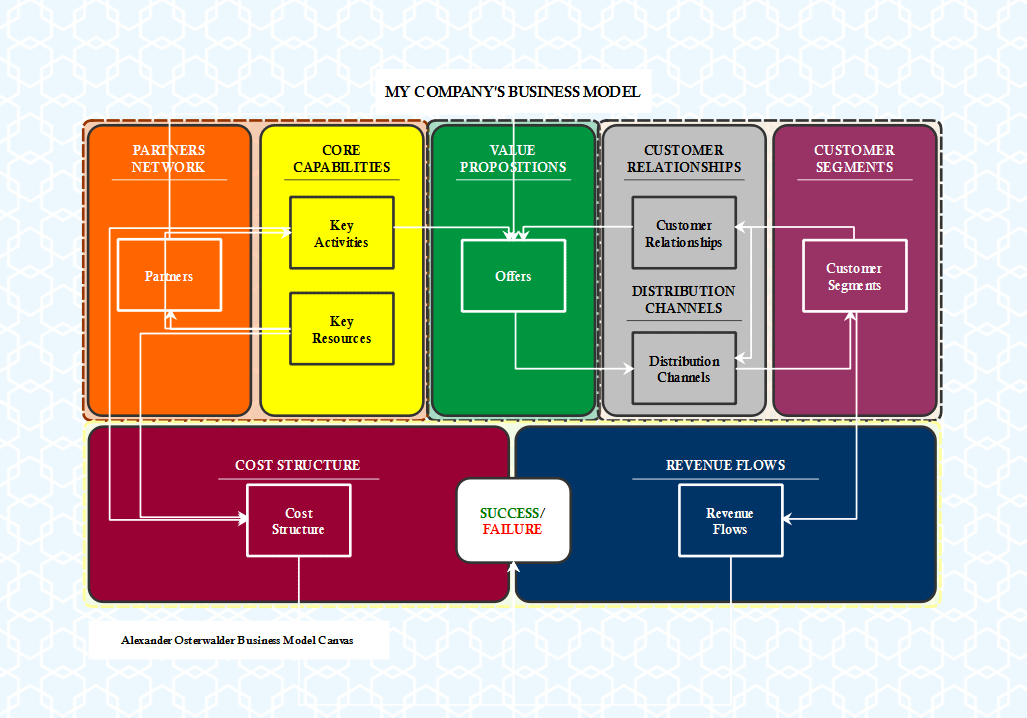A SWOT analysis is a way to identify the strengths, weaknesses, opportunities, and threats inherent in your business, project, or team. It’s a good way to start a strategy session as it opens up plenty of discussions and prompts you and your team to think creatively about the types of challenges facing the organization.
You don’t need anything special to do a SWOT analysis. Mind mapping software helps when you come to present your results in a SWOT mind map, but you can equally note down your answers in the first instance on paper. You can work alone or with your team, or separately and then bring your individual ideas together to the group for further discussion. It’s a very flexible yet structured way of brainstorming.
First, consider what you are SWOT-ing about. Is it the organization as a whole, a department, or a project? When you are ready to get started, work your way through the acronym like this.
Strengths
First, identify your strengths. This is where you are better than your competition because:
- you have lower overheads;
- you have access to cheaper resources;
- you are fast to market;
- you have a mature infrastructure.
Hopefully, you can think of lots of reasons where you excel and why customers like dealing with you. Consider your strengths from your own internal perspective and also what people outside the department, project or business might say.
Strengths help you uncover the opportunities that you can exploit to advance the company, strengthen customer relationships or develop your products.
Weaknesses
Now, look at where you are not so strong. These are areas where you could improve such as:
- the reason behind customer complaints;
- being too reliant on one customer;
- being too reliant on one piece of infrastructure or technology;
- not having enough staff skilled in all areas.

And so on. There is no benefit in being coy about your weaknesses: embrace them during this part of the brainstorming session, even though it might be uncomfortable.
Opportunities
This is where you consider the trends and challenges that, if embraced, could become real opportunities for your team. If you are struggling to think of some, look at the weaknesses and turn them on their head. What would happen if you overcome your weaknesses and how could you achieve that?

Again, it will help to think about this from your own perspective and then from the perspective of your customers, suppliers, or competitors. What are your competitors worried that you will do this year? That’s a threat to them and therefore possibly an opportunity for you. You may find that some items appear on multiple lists. The opportunity of disruptive technologies, for example, could also be a threat to your business, as we’ll see next.
Threats
This section lets you brainstorm the issues that your company or team is facing or could face in the future. For example:

- changes to regulation, policy, and law;
- disruptive technologies;
- changes to working practices or best practices.
About the author

Elizabeth Harrin is the author and award-winning blogger behind A Girl’s Guide To Project Management. Review her other predictions for hot business trends on her blog.



